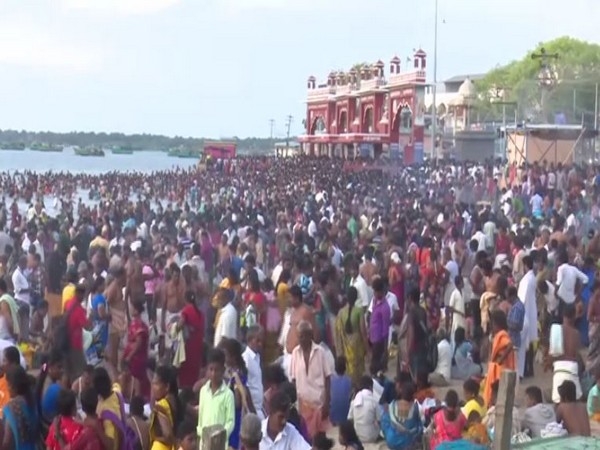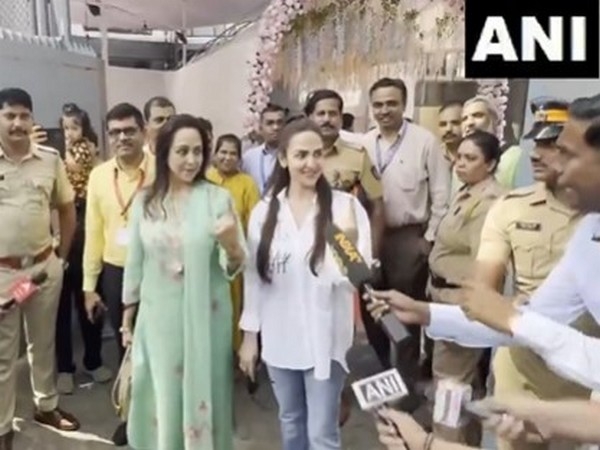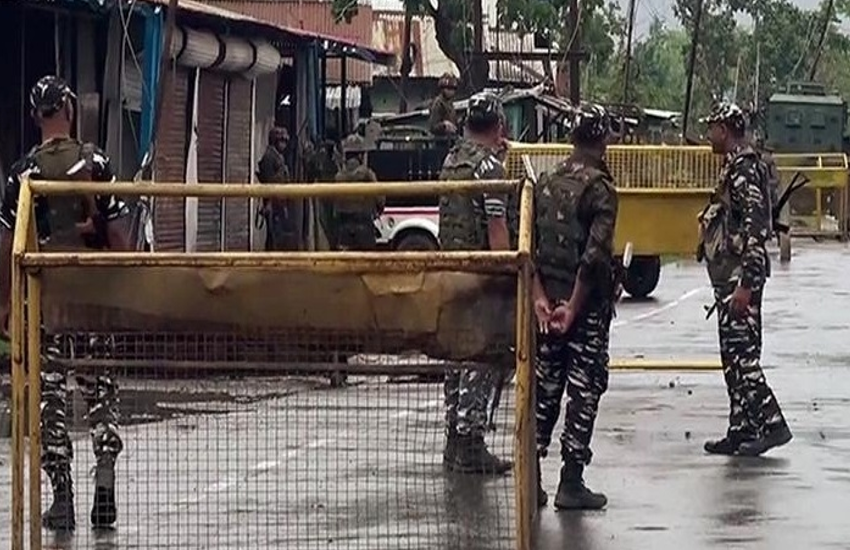Can Madhya Pradesh's scheme for farmers save BJP from their ire?

The scheme that the Centre is reportedly banking upon to salvage its falling fortunes among farmers might turn out to be a dampener. It is already in operation in Madhya Pradesh and has not been getting rave reviews.
Media reports are claiming that the Union government may be seeking inspiration from the Madhya Pradesh government's Bhavantar Bhugtan Yojana, which was launched after the farmers' agitation in Mandsaur in June 2017.
It is essentially a differential pricing scheme in which the state government arrives at a median price and pays the differential to those farmers who were forced to sell at a price lower than that.
The report said the contours of the scheme were discussed at a meeting between MP Chief Minister Shivraj Singh Chouhan and Prime Minister Narendra Modi recently.
NITI Aayog member Ramesh Chand has also reportedly visited the state on multiple occasions to examine the scheme. “The problem of agricultural commodity prices slipping below the MSP is a serious problem, and we need to find a solution. It could be a workable model. I will recommend it to states and the Centre for consideration,” Chand has said.
How successful is the MP scheme?
To get a sense of how the scheme is actually working on the ground, Catch spoke to Congress MLA Jitu Patwari who was at the forefront of the Mandsaur agitation. Patwari dismissed the scheme altogether, labelling it as a tool devised by the government to distract people.
He said there was no way to calculate the differential price when there was no scientific system in place to arrive at the right price in the first place. He said that the money that the state government presently gives to farmers under this scheme is a pittance.
Patwari's demand was that the government should simply declare double the expenditure incurred by farmers as the MSP and ensure that the farmer gets that price.
Model price or distress price?
Several agricultural experts are of the opinion that the MP scheme has not turned out to be ineffective. A well-known commentator on agricultural policy Devinder Sharma told Catch that deficiency payment models in agriculture exist all over the world, but the problem with the scheme in MP is that traders have led to a cartelisation of prices there.
He explained that the model price that the government arrives at after looking at the average of prices prevalent in mandis is actually a distress price and not the ideal rate that the farmer should be getting. Indeed, it is usually lower than the MSP itself so what the farmer ends up getting is a price lower than the MSP.
Sharma recommended that for this scheme to actually benefit farmers, MSP should be declared as the model price so that the farmer gets at least the MSP.
The launch of 'Bhavantar Bharpai" (Deficit Price Compensation) in Haryana for highly perishable veggies like potato, tomato, onion and cauliflower is certainly laudable, @OPDhankar. I only hope deficit payments are not linked to 'model price', which in reality is distress price pic.twitter.com/s3Dwxd43De
— Devinder Sharma (@Devinder_Sharma) December 30, 2017
Farm activist Ramandeep Singh Mann posted on Twitter examples of what Sharma was pointing out. In October, Mann said, MP government fixed Rs 3,000 per quintal as the 'model price' for Urad, even as its MSP was Rs 5,400. As a result, what the farmer ended up getting even after the State's intervention was Rs 2,400 less than MSP.
In Oct, M.P set d Model Price of #Urad at Rs 3000/Qt against Min Support Price at Rs 5400/Qt i.e. Rs 2400 less than MSP.
— RamanS Mann (@ramanmann1974) January 1, 2018
👉Due to shoddy implementation/poor planning of Price Deficiency Scheme #Bhavantar, Trader Cartels killed Prices; #Farmers were forced to sell at Rs 900/Qt-WHY pic.twitter.com/BMIvJrPW9c
Singh pointed out that similar was the case with soya-bean, whose model price was set at Rs 2,580 per quintal against MSP of Rs 3,050.
In Oct, M.P set the
— RamanS Mann (@ramanmann1974) January 1, 2018
Model Price #Soybean=2580/Qt against MSP=Rs 3050
MP of #Urad=3000/Qt against MSP=Rs 5400
👉So;Price Deficiency Payment made against Model Price; not #MSP;
👉#Farmer still shortchanged & Guess; who controls Model Prices ?
Checks/Balances^Implementation is d Key pic.twitter.com/aI8xJF2YHm
What happened to BJP's manifesto promise?
Assuming that the Modi-government succeeds in preventing cartelisation of prices if it launched this scheme at the national level, what it will end up guaranteeing is only the MSP. This will mean non-fulfilment of the promise made by BJP in Lok Sabha polls 2014, that it will provide farmers a remuneration amounting to 50% over the cost of production.
This was in keeping with the Swaminathan Commission's recommendations. Farmers and groups working for their rights have been saying for a long time that this is the bare minimum that they must get, underlining that even that will not make agriculture profitable for farmers. What farmers have needed for a long time is a slew of reforms, something that the Modi government has failed to initiate in over three years.
The government is on its last lap now, as the Union Budget 2018-19 will be its last full-fledged budget. It is next to impossible for the government to work up miracles now that will turn around the fortunes of farmers overnight. It is possibly because of this realisation that the government appears to be investing its energy in stunts like this scheme.
Edited by Jhinuk Sen
First published: 4 January 2018, 17:37 IST



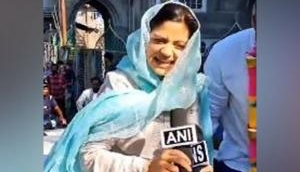
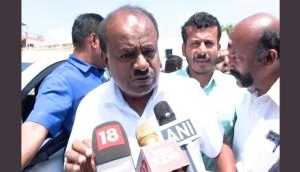

![BJP's Kapil Mishra recreates Shankar Mahadevan’s ‘Breathless’ song to highlight Delhi pollution [WATCH] BJP's Kapil Mishra recreates Shankar Mahadevan’s ‘Breathless’ song to highlight Delhi pollution [WATCH]](https://images.catchnews.com/upload/2022/11/03/kapil-mishra_240884_300x172.png)

![Anupam Kher shares pictures of his toned body on 67th birthday [MUST SEE] Anupam Kher shares pictures of his toned body on 67th birthday [MUST SEE]](https://images.catchnews.com/upload/2022/03/07/Anupam_kher_231145_300x172.jpg)



